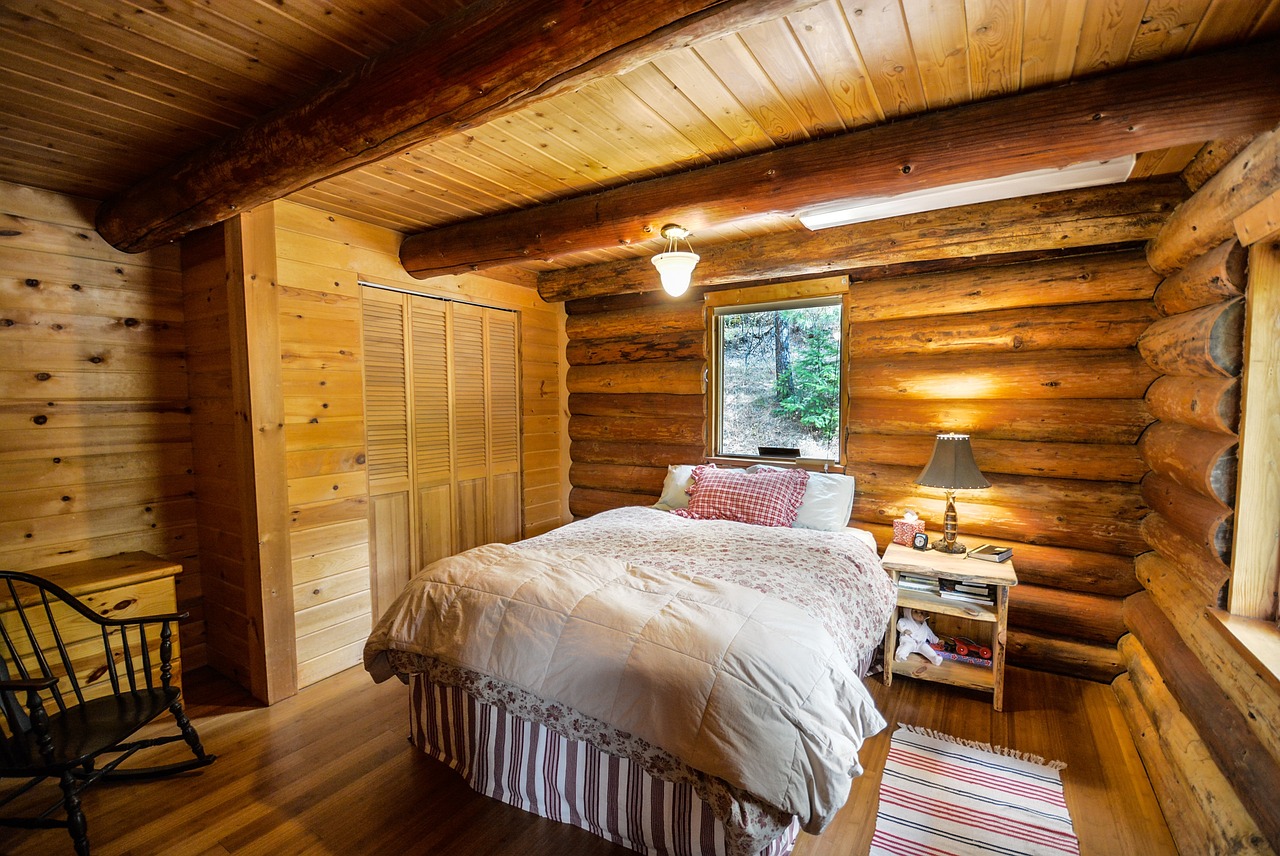How to Design a Home Theater That Fits Your Space
Creating a home theater in your living space can be a thrilling project that brings entertainment right to your doorstep. Whether you have a dedicated room for a home theater or are looking to transform a multi-purpose space into a cinema experience, designing a home theater that fits your space requires careful planning and consideration. In this article, we will explore key steps to help you create a home theater that suits your needs and space limitations.
Step 1: Assess Your Space
Before diving into the design process, it’s important to assess the available space for your home theater. Consider the dimensions of the room, the layout, and any specific features that may impact the design, such as windows, doors, or existing furniture. Take precise measurements to determine the size limitations for your home theater setup.
Step 2: Determine Your Budget
Setting a realistic budget is essential for designing a home theater that fits your space. Consider the costs of equipment such as a projector, screen, sound system, seating, and decor. Determine your priorities and allocate funds accordingly to create a well-rounded home theater experience within your budget constraints.
Step 3: Choose the Right Audio-Visual Equipment
When selecting audio-visual equipment for your home theater, consider the size and layout of your space. Choose a projector and screen size that fits comfortably within the room and provides optimal viewing angles. Select a sound system that complements the acoustics of your space and delivers an immersive audio experience.
Step 4: Optimize Seating Arrangement
The seating arrangement is crucial for enhancing the viewing experience in your home theater. Choose seating options that are comfortable, stylish, and accommodate the number of viewers you expect. Consider the placement of seating to ensure that every viewer has a clear view of the screen and enjoys an immersive theater experience.
Step 5: Lighting and Decor
Lighting plays a significant role in creating the right ambiance for your home theater. Consider installing dimmable lights or smart lighting solutions to control the brightness levels during movie nights. Choose decor elements such as movie posters, plush carpeting, and wall treatments that enhance the cinematic experience and reflect your personal style.
Step 6: Test and Adjust
Once you have set up your home theater, it’s essential to test the audio-visual equipment and seating arrangement to ensure optimal performance. Make adjustments as needed to fine-tune the viewing experience and create a comfortable and immersive home theater environment.
FAQs
Q: Can I create a home theater in a small space?
A: Yes, you can design a home theater in a small space by choosing compact audio-visual equipment, optimizing the seating arrangement, and utilizing space-saving decor solutions.
Q: What are some budget-friendly home theater design tips?
A: To design a home theater on a budget, consider repurposing existing furniture, using DIY decor solutions, and researching affordable audio-visual equipment options.
Q: How can I improve the acoustics of my home theater space?
A: To enhance the acoustics of your home theater, consider installing sound-absorbing materials, adjusting speaker placement, and using a soundproofing solution to minimize external noise.
Designing a home theater that fits your space requires careful planning, consideration, and attention to detail. By following the steps outlined in this article, you can create a customized home theater experience that brings the magic of the cinema right into your living space.







